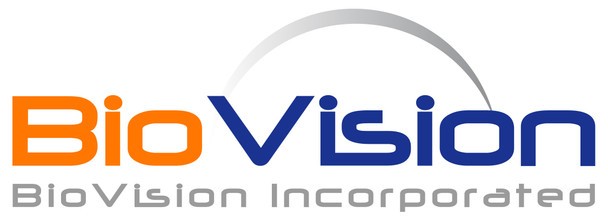Description
Human CellExp™ Fas/CD95, human recombinant is available at Gentaur for Next week delivery.
A death receptor on the surface of cells that leads to apoptosis
Biomolecule/Target: Fas/CD95
Alternates names: FAS, ALPS1A, APO-1, APO1, APT1, APT-1, CD95, CD-95, FAS1, FAS-1, FASTM, TNFRSF6, TNFRSF-6, FasR, Fas-R
Synonyms: FAS, ALPS1A, APO-1, APO1, APT1, APT-1, CD95, CD-95, FAS1, FAS-1, FASTM, TNFRSF6, TNFRSF-6, FasR, Fas-R
Background Information: The Fas also known as FAS receptor (FasR), apoptosis antigen 1 (APO-1 or APT), cluster of differentiation 95 (CD95) or tumor necrosis factor receptor superfamily member 6 (TNFRSF6). is a death receptor on the surface of cells that leads to programmed cell death (apoptosis). It is one of two apoptosis pathways, the other being the mitochondrial pathway. FasR is located on chromosome 10 in humans and 19 in mice. Similar sequences related by evolution (orthologs) are found in most mammals. Fas forms the death-inducing signaling complex (DISC) upon ligand binding. Membrane-anchored Fas ligand trimer on the surface of an adjacent cell causes trimerization of Fas receptor. This event is also mimicked by binding of an agonistic Fas antibody, though some evidence suggests that the apoptotic signal induced by the antibody is unreliable in the study of Fas signaling. To this end, several clever ways of trimerizing the antibody for in vitro research have been employed. Upon ensuing death domain (DD) aggregation, the receptor complex is internalized via the cellular endosomal machinery. This allows the adaptor molecule FADD to bind the death domain of Fas through its own death domain. Recently, Fas has also been shown to promote tumor growth, since during tumor progression, it is frequently downregulated or cells are rendered apoptosis resistant. Cancer cells in general, regardless of their Fas apoptosis sensitivity, depend on constitutive activity of Fas. This is stimulated by cancer-produced Fas ligand for optimal growth.
Reconstitution Instructions: Centrifuge the vial prior to opening. Reconstitute in sterile PBS, pH 7.4 to a concentration of 50 µg/ml. Do not vortex. This solution can be stored at 2-8°C for up to 1 month. For extended storage, it is recommended to store at -20°C.
NCBI Gene Symbol: FAS
Gene ID: 355
NCBI Accession: P25445
Additional Information
Size: |
10 μg |
Country of Manufacturing Origin: |
USA |
Country of Animal Origin: |
USA |
Gene Source: |
Human |
Recombinant: |
Yes |
Source: |
HEK293 cells |
Purity by SDS-PAGE: |
≥92% |
Assay: |
SDS-PAGE |
Purity: |
N/A |
Assay 2: |
N/A |
Endotoxin Level: |
<1 EU/μg by LAL method |
Activity (Specifications/test method): |
N/A |
Biological activity: |
Measured by its ability to inhibit Fas Ligand-induced apoptosis of Jurkat human acute T cell leukemia cells. The ED50 for this effect is typically 3-20 pg/ml in the presence of 2 ng/ml recombinant human Fas Ligand. |
Results: |
Measured by its ability to inhibit Fas Ligand-induced apoptosis of Jurkat human acute T cell leukemia cells. The ED50 for this effect is typically 3-20 pg/ml in the presence of 2 ng/ml recombinant human Fas Ligand. |
Molecular Weight: |
This protein is fused with 6×his tag at the C-terminal and has a calculated MW of 18.2 kDa expressed. The predicted N-terminal is Gln 26. Protein migrates as 25-35 kDa in reduced SDS-PAGE resulting from glycosylation. |
Storage Temperature: |
-20°C |
Shelf Life: |
12 months |
Concentration: |
N/A |
Appearance: |
Lyophilized |
Handling: |
Centrifuge the vial prior to opening. |






